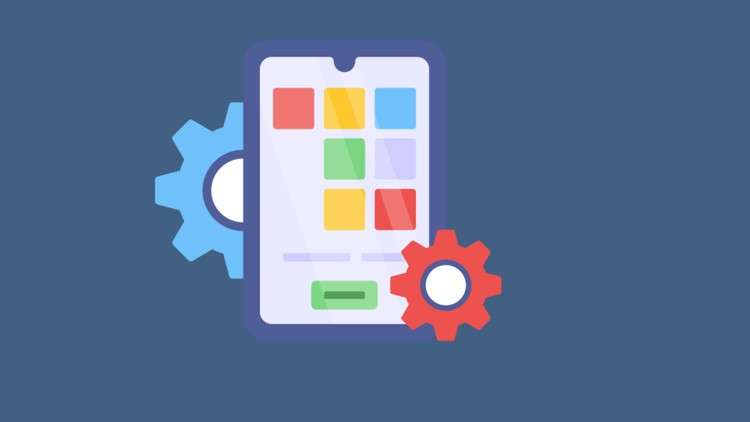
Create Responsive, Data-Driven Web Form Using Python, Flask, HTML, CSS, Bootstrap, JavaScript and PostgreSQL
What you will learn
Set Up Flask and Python Development Environment
Set Up PostgreSQL Database Server
Create a new database in PostgreSQL Server
Build a user-friendly and responsive web form using HTML, CSS, and Bootstrap.
Build the backend for the app with Python and Flask
Integrate JavaScript to handle dynamic behaviors and interactions on the frontend.
Configure your Flask application to securely handle cross-origin requests, enabling seamless communication between your frontend and backend.
Integrate and implement database interactivity using SQLAlchemy and PostgreSQL
Develop API endpoints with Flask to handle form submissions and database interactions.
Why take this course?
Welcome to “Build a Full-Stack Web App Form with Flask and PostgreSQL.” This course is designed for aspiring web developers, software engineers, and anyone interested in building dynamic, scalable, and efficient web applications using the Flask framework. Whether you are new to web development or looking to enhance your skills, this course will guide you through the essentials of Flask, helping you to create powerful, user-friendly web applications.
Flask, a lightweight and flexible Python web framework, is known for its simplicity and ease of use. It offers developers the freedom to design web applications with minimal overhead, making it an excellent choice for both beginners and professionals. Throughout this course, you’ll dive deep into Flask’s core concepts, from setting up your development environment to deploying your application in a production environment.
We begin with the fundamentals of Flask, covering essential topics such as routing, handling HTTP requests, and using Jinja2 for dynamic content rendering. You’ll learn how to manage user sessions, work with forms, and validate input to ensure robust application security. As you progress, the course will introduce you to more advanced concepts, including database integration with SQLAlchemy, building RESTful APIs, and implementing user authentication and role management.
The application will interact with a backend database known as PostgreSQL.
PostgreSQL is a versatile and powerful database system that can handle a wide range of data management tasks. Its combination of performance, features, and flexibility makes it an excellent choice for both small projects and large-scale enterprise applications. Whether you are developing a simple web application, a complex data warehouse, or anything in between, PostgreSQL provides the tools you need to manage your data effectively and efficiently.
By the end of this course, you will have the knowledge and skills to build and deploy full-featured web applications. You’ll also gain experience in organizing your code using Flask blueprints, securing your applications against common vulnerabilities, and optimizing performance for a seamless user experience.
Join us on this journey to becoming proficient in Flask. By mastering this powerful framework, you’ll be well-equipped to create sophisticated web applications that meet modern development standards and provide value to users and clients alike.